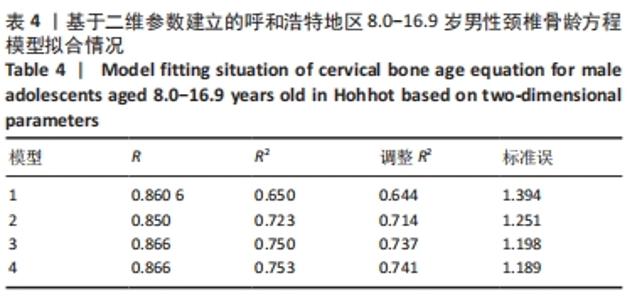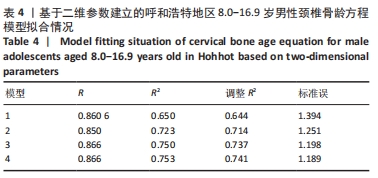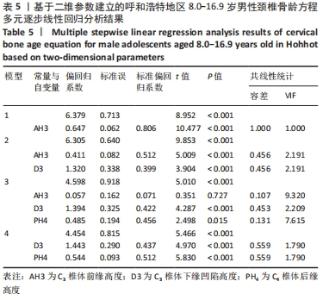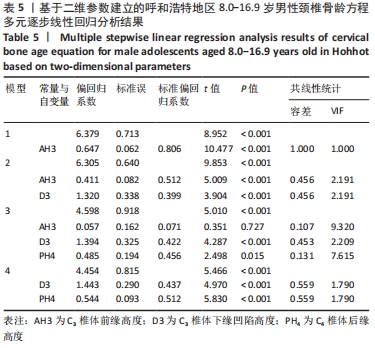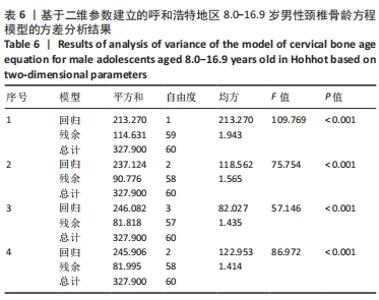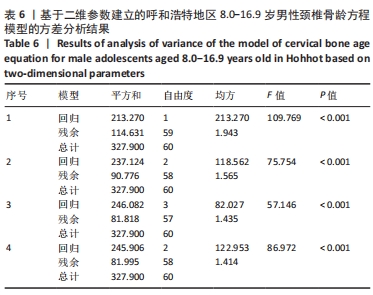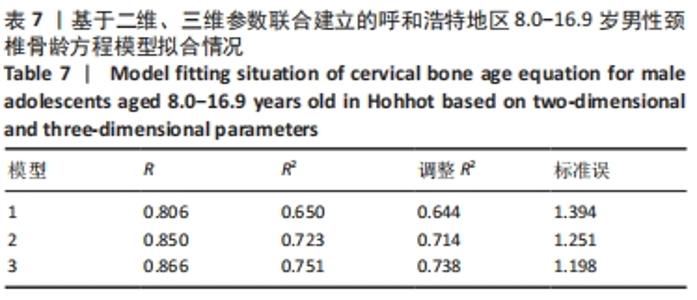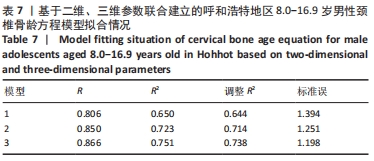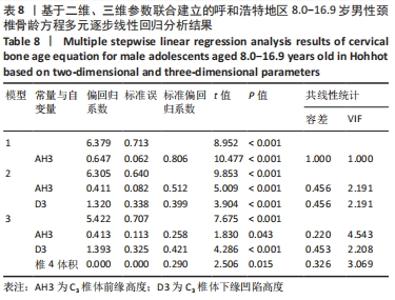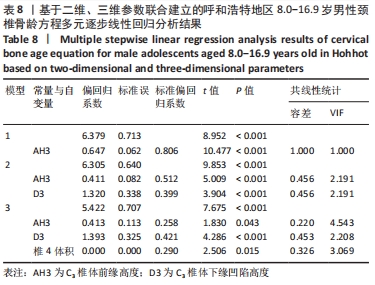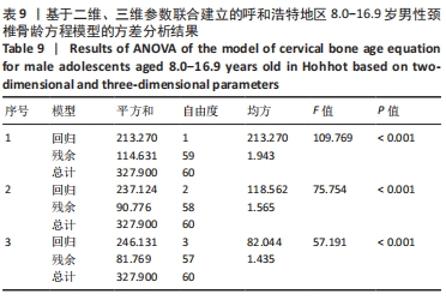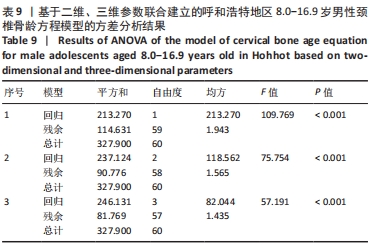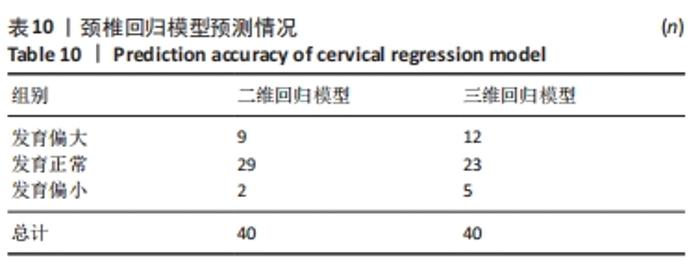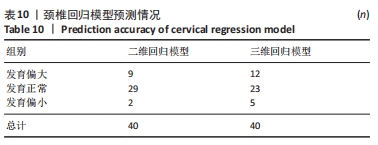[1] 占梦军,张世杰,刘力,等.基于深度学习自动化评估四川汉族青少年左手腕关节骨龄[J].中国法医学杂志,2019,34(5):427-432.
[2] ROCHE AF, WAINER H, THISSEN D. Skeletal Maturity: The Knee Joint as a Biological Indicator.Plenum. 1975.
[3] 曹润. 基于中华05标准的数字化骨龄X光片自动化识别算法的研究[D].北京:北京体育大学,2019.
[4] 李亚璞,刘戈力.儿童骨龄评估和临床研究进展[J].国际儿科学杂志,2018, 45(5):365-368.
[5] 杨亚飞,李重阳,赵文成,等.法医学骨龄鉴定相关问题的分析与讨论[J].中国公共安全(学术版),2016(2):104-107.
[6] 程龙龙,汤鹏,罗方亮,等.应用医学影像学技术评定骨龄的研究进展[J].中国法医学杂志,2019,34(1):62-66.
[7] 赵哲,乌兰其其格,张佳慧.利用颈椎定量化指标判定骨龄的研究[J].中国疗养医学,2014,23(11):976-978.
[8] SEZEN ERHAMZA T, KILICASLAN Y, NAZIK UNVER F. Effect of body mass index percentile on skeletal maturation of cervical vertebrae and hand-wrist and dental maturation. Acta Odontol Scand. 2020;78(3):236-240.
[9] TEKıN A, CESUR AYDıN K. Comparative determination of skeletal maturity by hand-wrist radiograph, cephalometric radiograph and cone beam computed tomography. Oral Radiol. 2020;36(4):327-336.
[10] 李陆玥,林久祥,陈莉莉.正常青少年颈椎骨龄定量分析法(QCVM)的准确性和重复性探讨[J].口腔医学,2013,33(4):261-264.
[11] CHOI YK, KIM J, YAMAGUCHI T, et al. Cervical Vertebral Body’s Volume as a New Parameter for Predicting the Skeletal Maturation Stages. Biomed Res Int. 2016; 2016:8696735.
[12] 尹伟娇,高伟民,白玉兴,等.基于锥形束CT的三维颈椎测量项目可重复性初探[J].中华口腔正畸学杂志,2015,22(3):141-146.
[13] 潘其乐,张洪,周慧康,等.Greulich-Pyle图谱法、CHN法和中华05法评估儿童青少年骨龄的比较[J].中国组织工程研究,2021,25(5):662-667.
[14] MITO T, SATO K, MITANI H. Cervical vertebral bone age in girls. Am J Orthod Dentofacial Orthop. 2002;122(4):380-385.
[15] LAU PY, COOKE MS, HÄGG U. Effect of training and experience on cephalometric measurement errors on surgical patients. Int J Adult Orthodon Orthognath Surg. 1997;12(3):204-213.
[16] ATHANASIOU AE, MIETHKE R, VAN DER MEIJ AJ. Random errors in localization of landmarks in postero-anterior cephalograms. Br J Orthod. 1999;26(4):273-284.
[17] KAMOEN A, DERMAUT L, VERBEECK R. The clinical significance of error measurement in the interpretation of treatment results. Eur J Orthod. 2001; 23(5):569-578.
[18] ALHADLAQ AM, AL-SHAYEA EI. New method for evaluation of cervical vertebral maturation based on angular measurements. Saudi Med J. 2013; 34(4):388-394.
[19] CHEN L, LIU J, XU T, et al. Quantitative skeletal evaluation based on cervical vertebral maturation: a longitudinal study of adolescents with normal occlusion.Int J Oral Maxillofac Surg. 2010;39(7):653-659.
[20] 韩迎星,张威,白宇明,等.华中地区人群颈椎定量化标准判定骨龄的相关性研究[J].临床口腔医学杂志,2011,27(5):271-273.
[21] CRAWFORD B, KIM DG, MOON ES, et al. Cervical vertebral bone mineral density changes in adolescents during orthodontic treatment. Am J Orthod Dentofacial Orthop. 2014;146(2):183-189.
[22] 张权,田勇,叶博嘉,等.基于多元线性回归的机场空气质量影响因素研究[J].环境保护科学,2019,45(1):35-43.
[23] 赵桢祺,唐雯,IZADIKHAH IMAN,等.基于锥形束CT影像的华东地区女性青少年颈椎骨骨龄分析方法研究[J].东南大学学报(医学版),2020,39(1):1-7.
|
